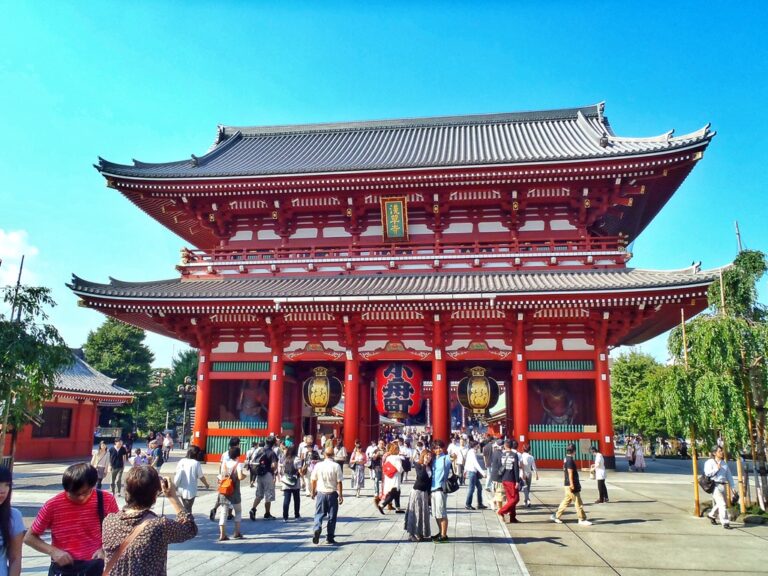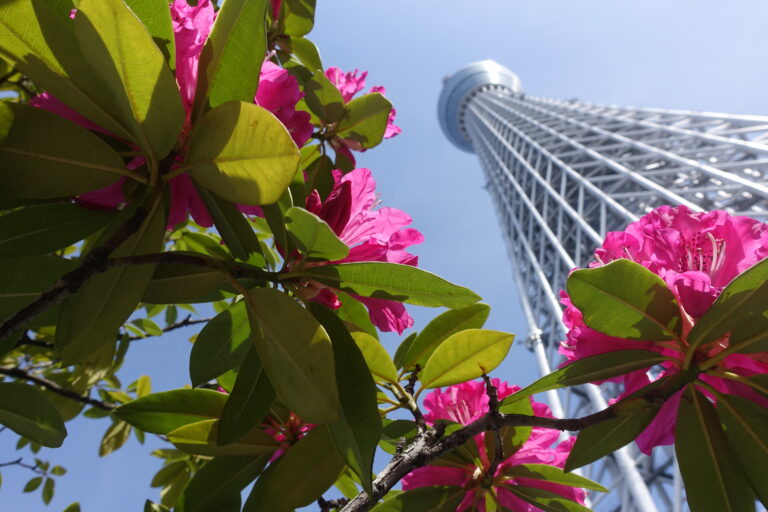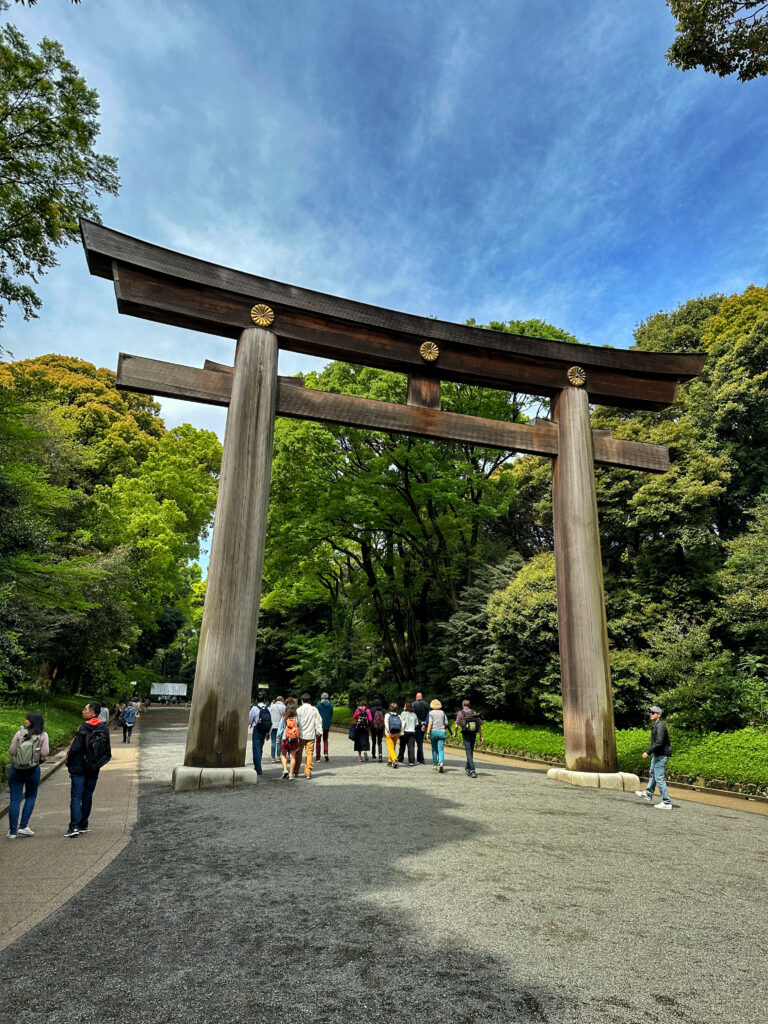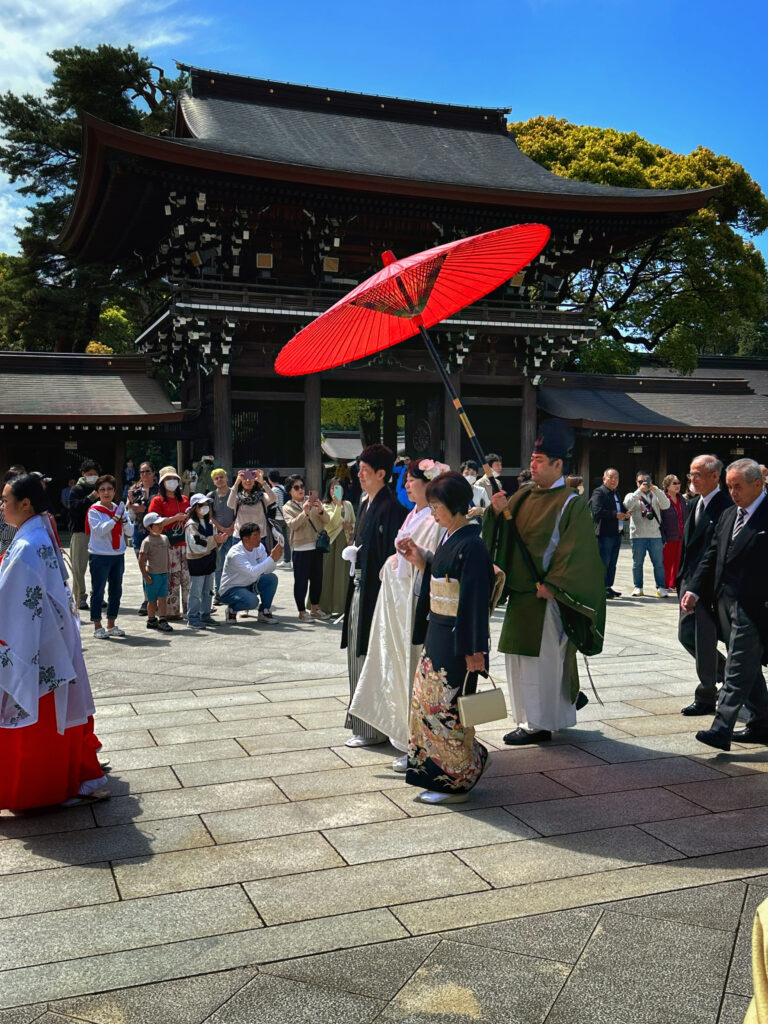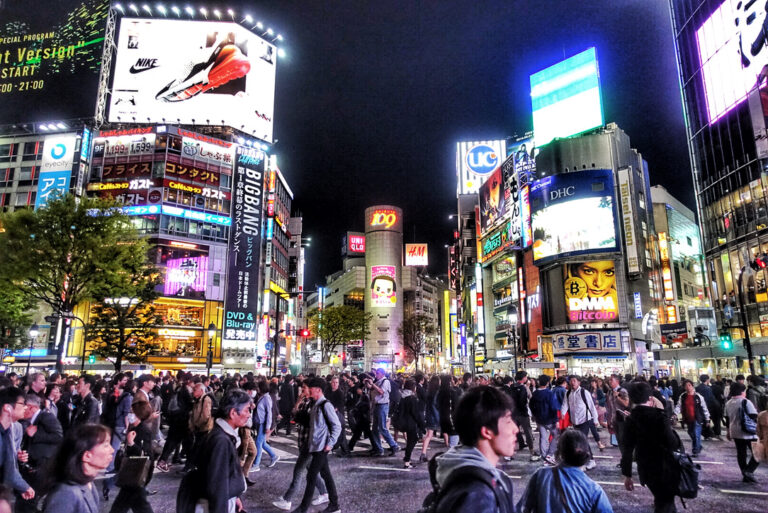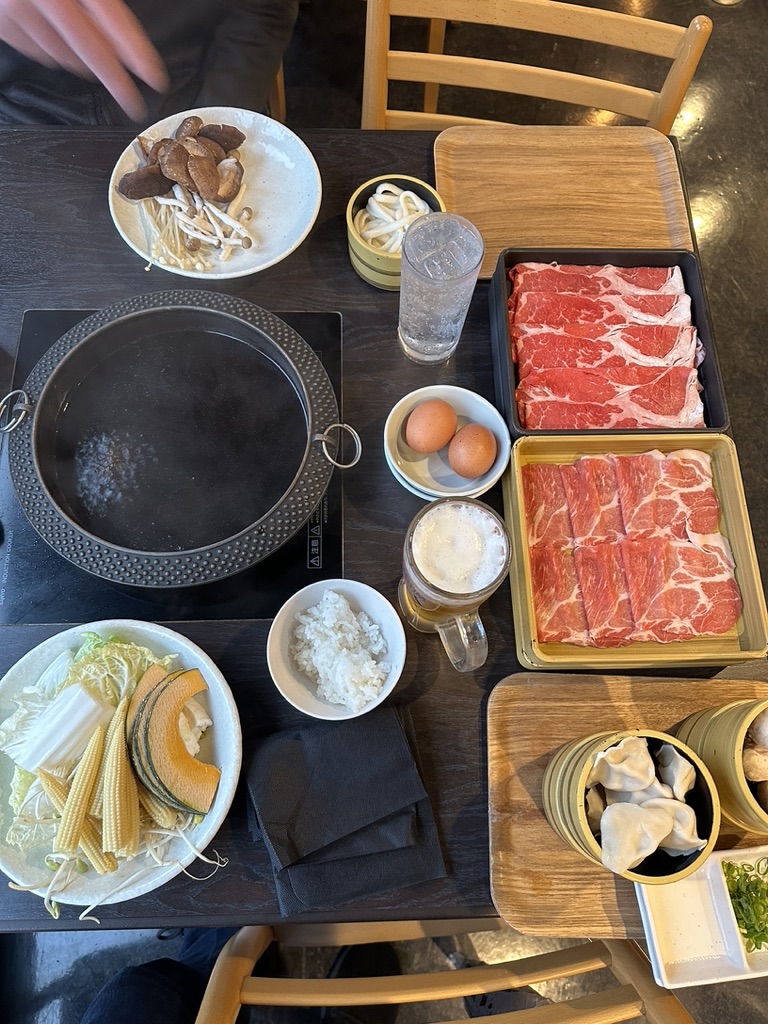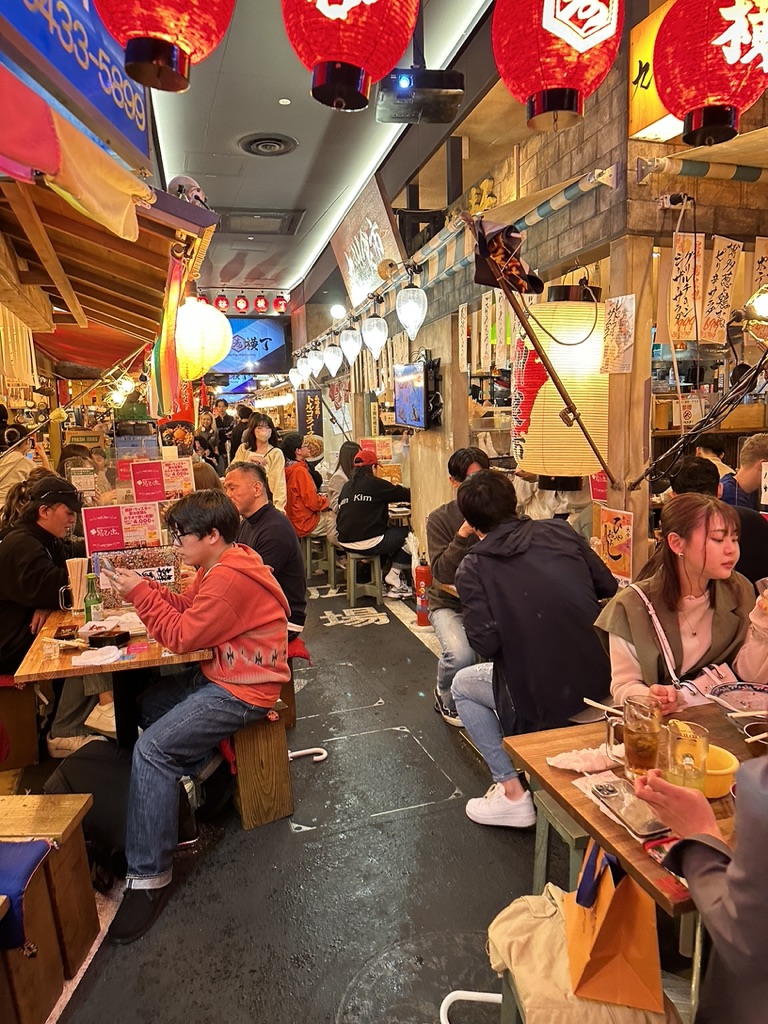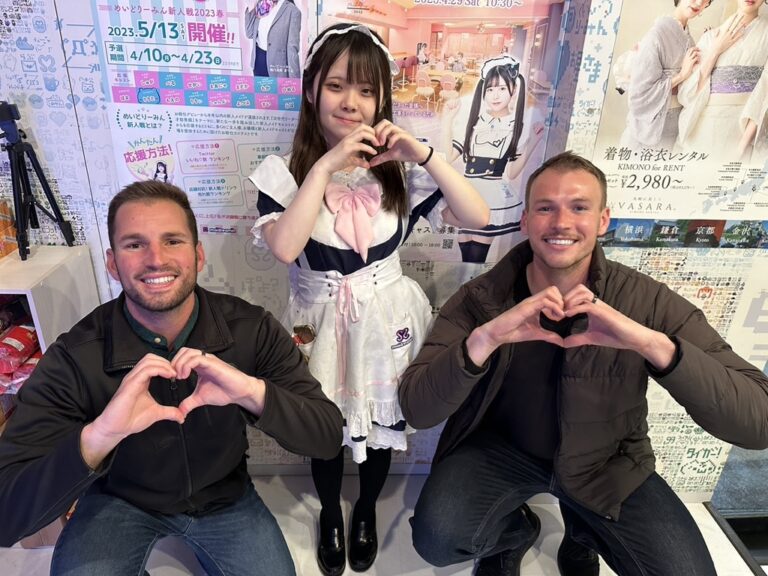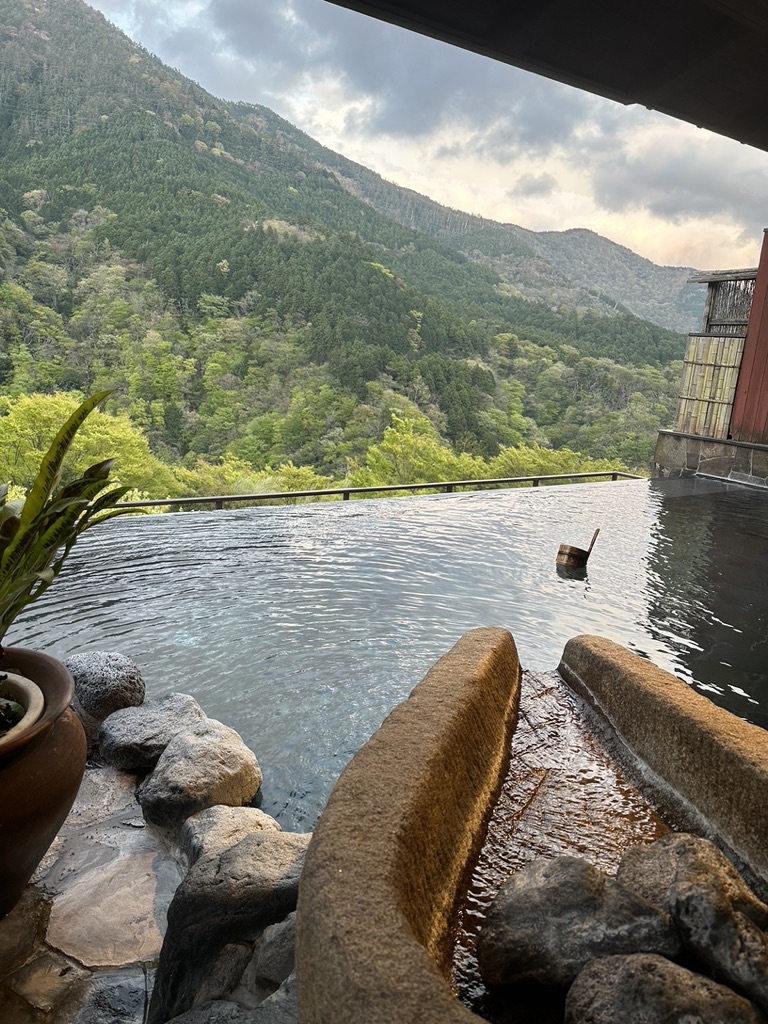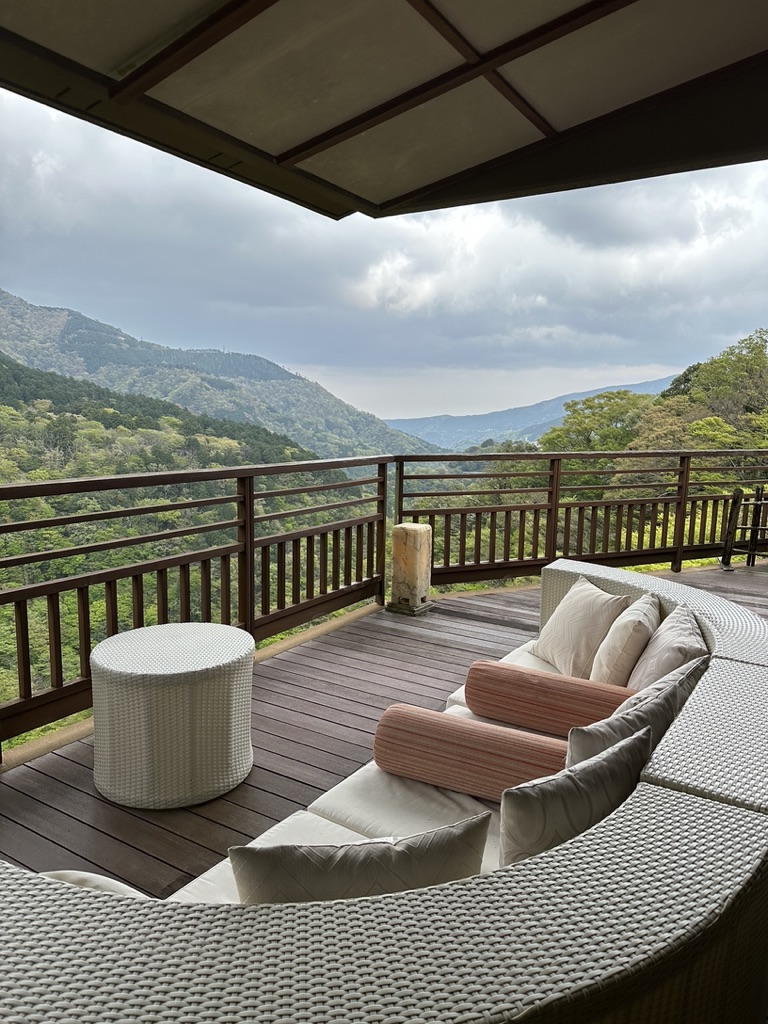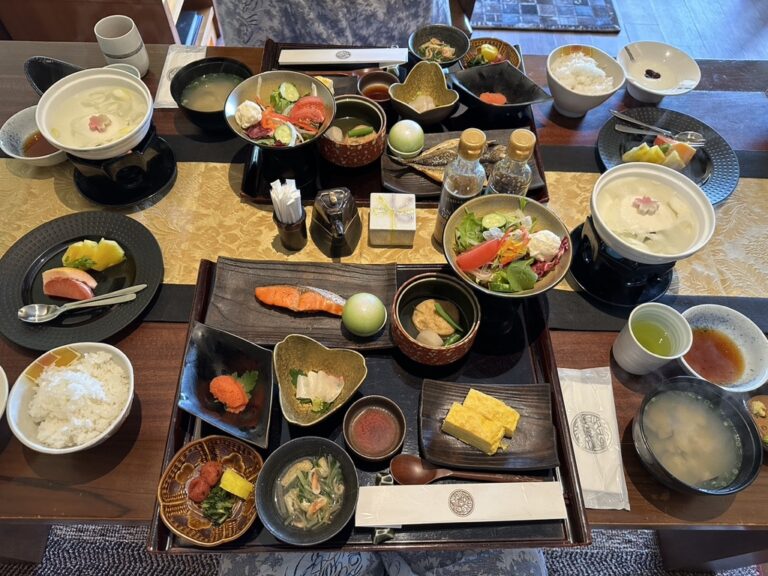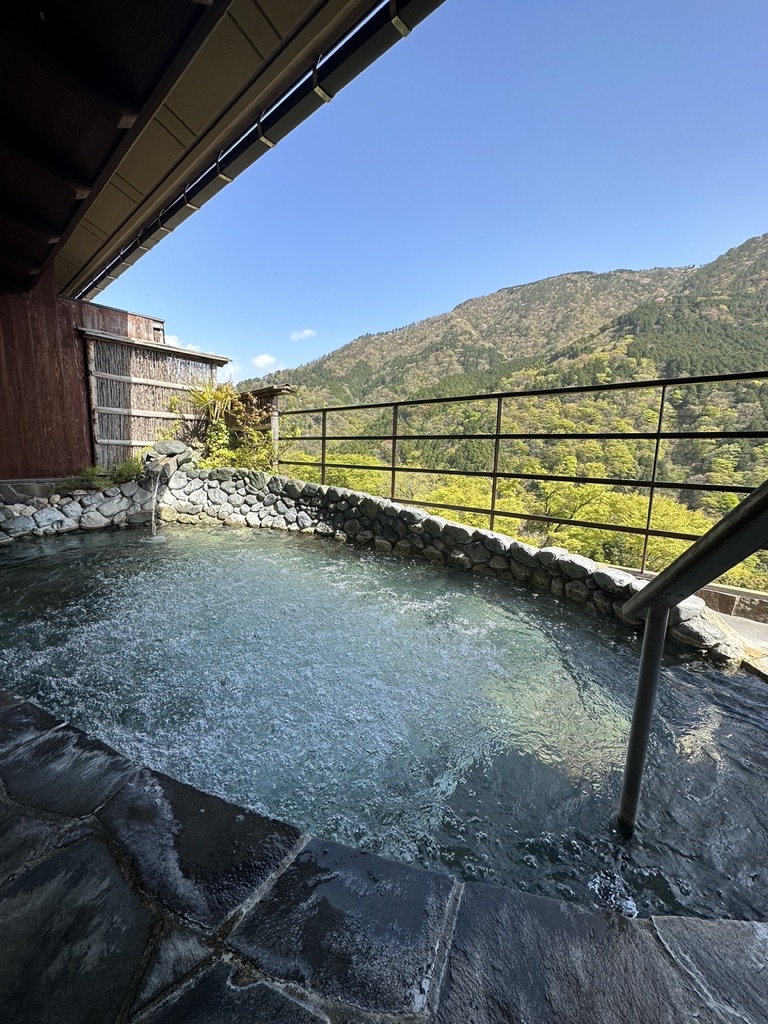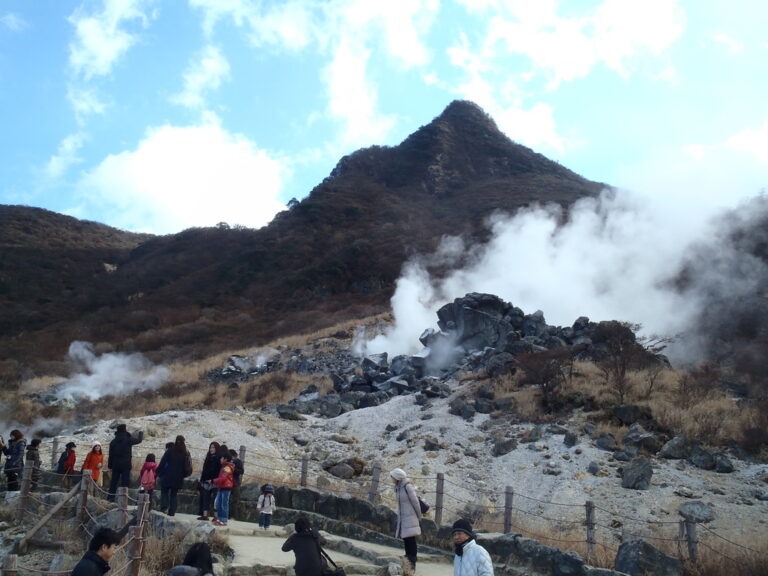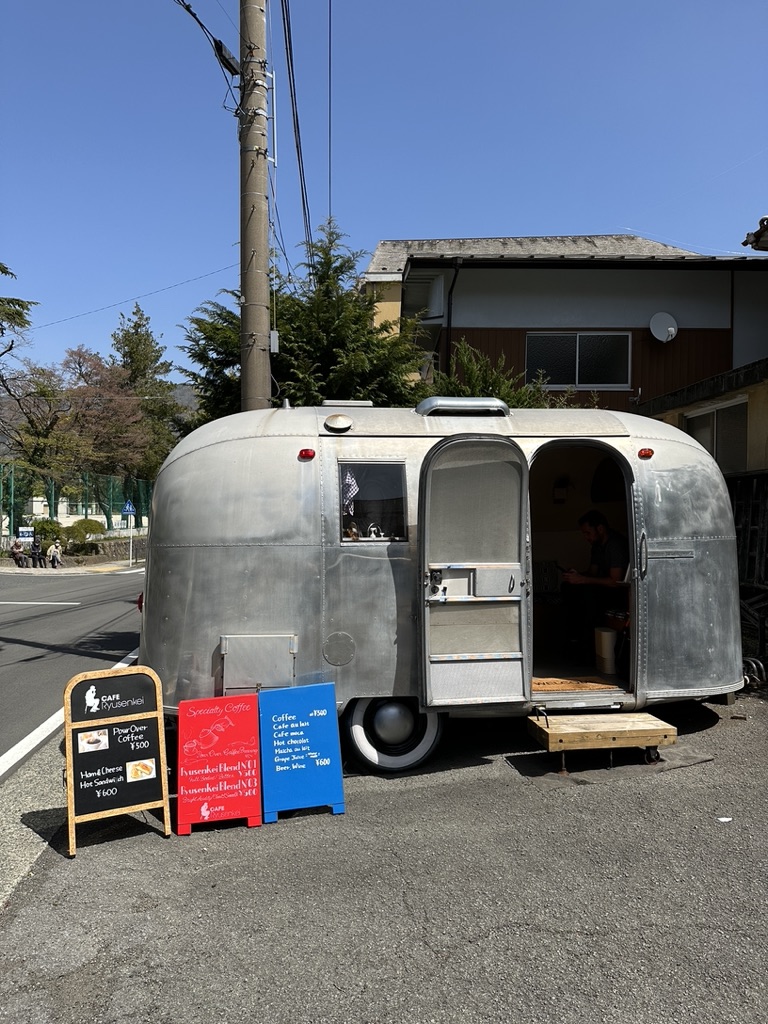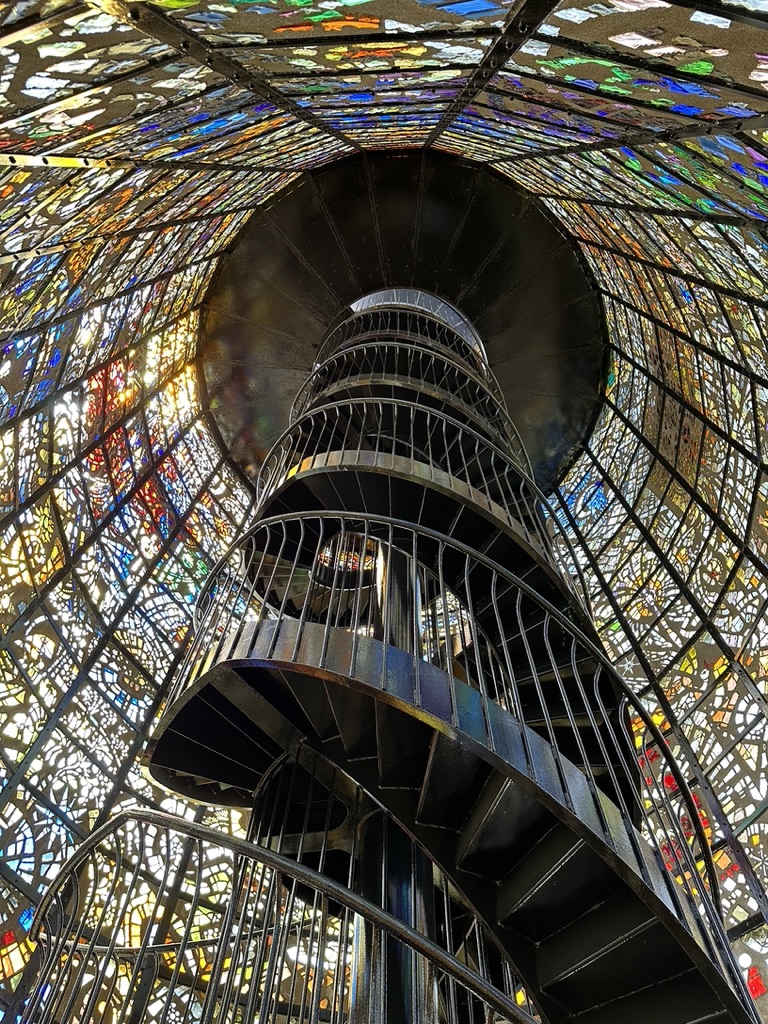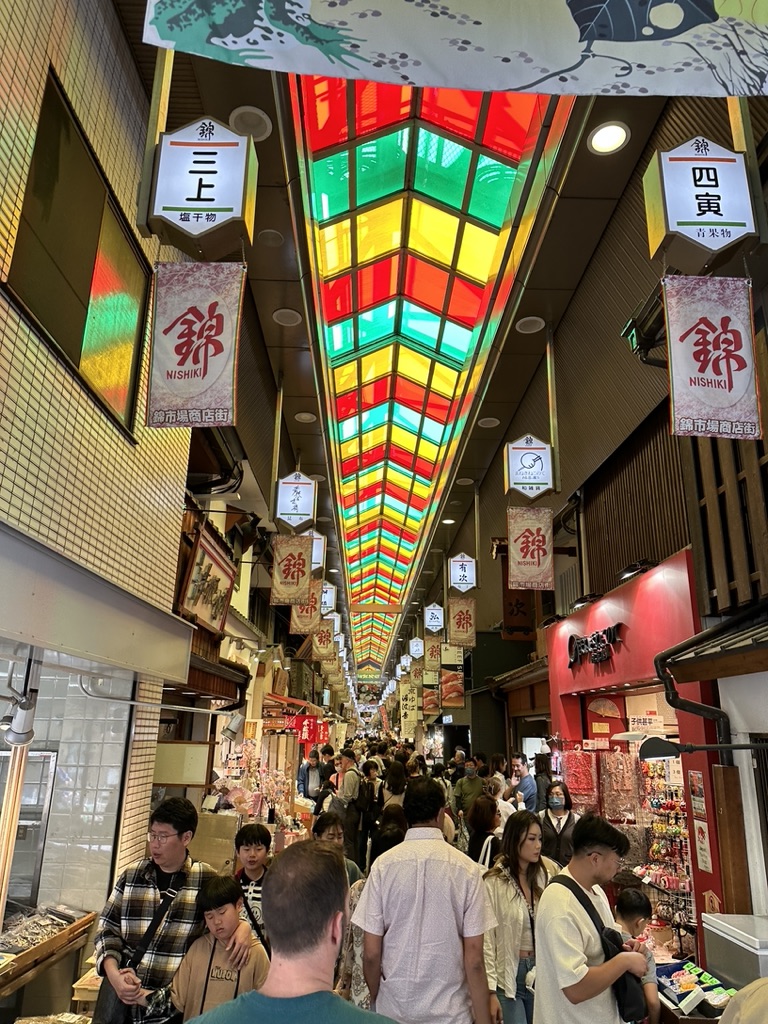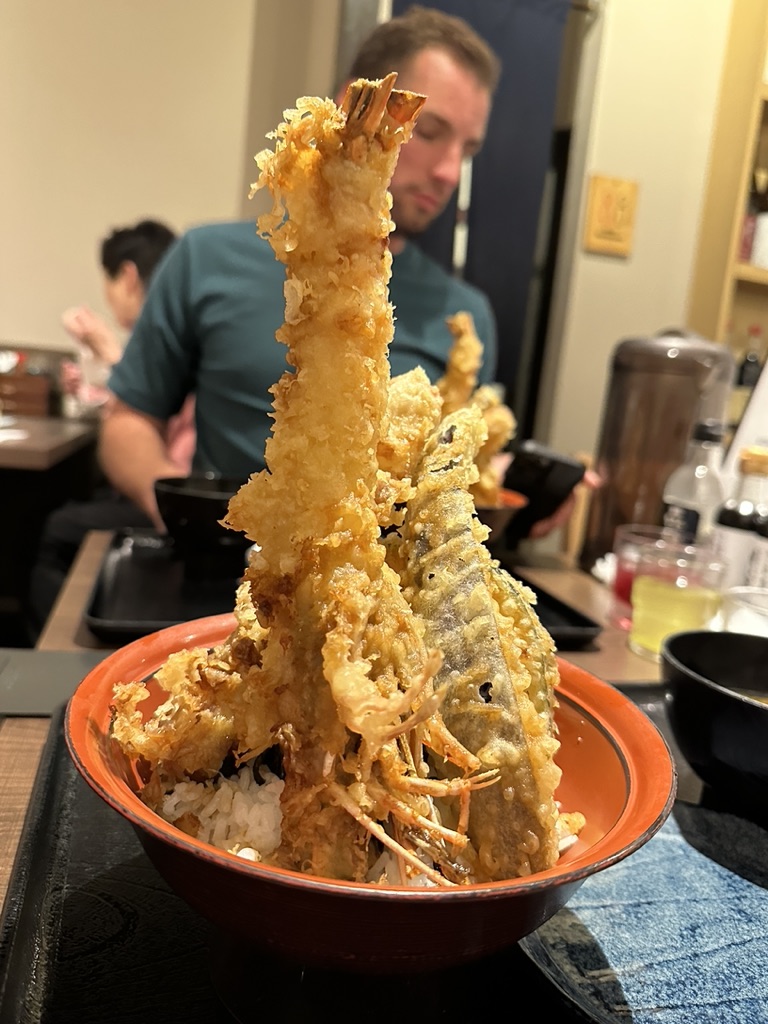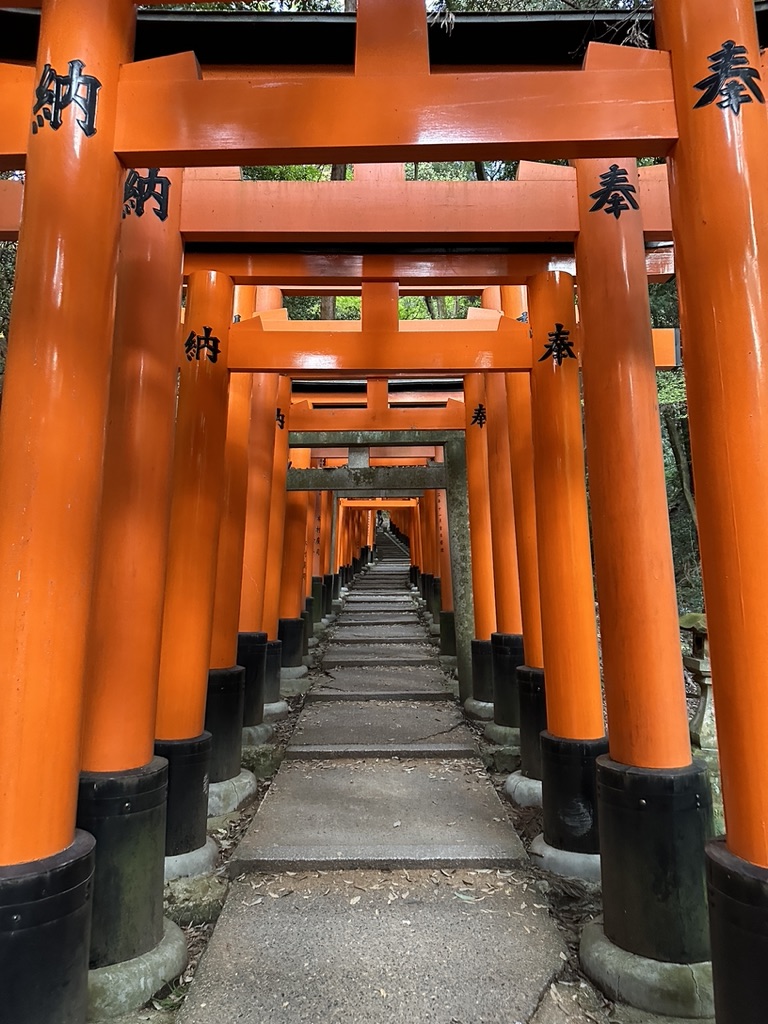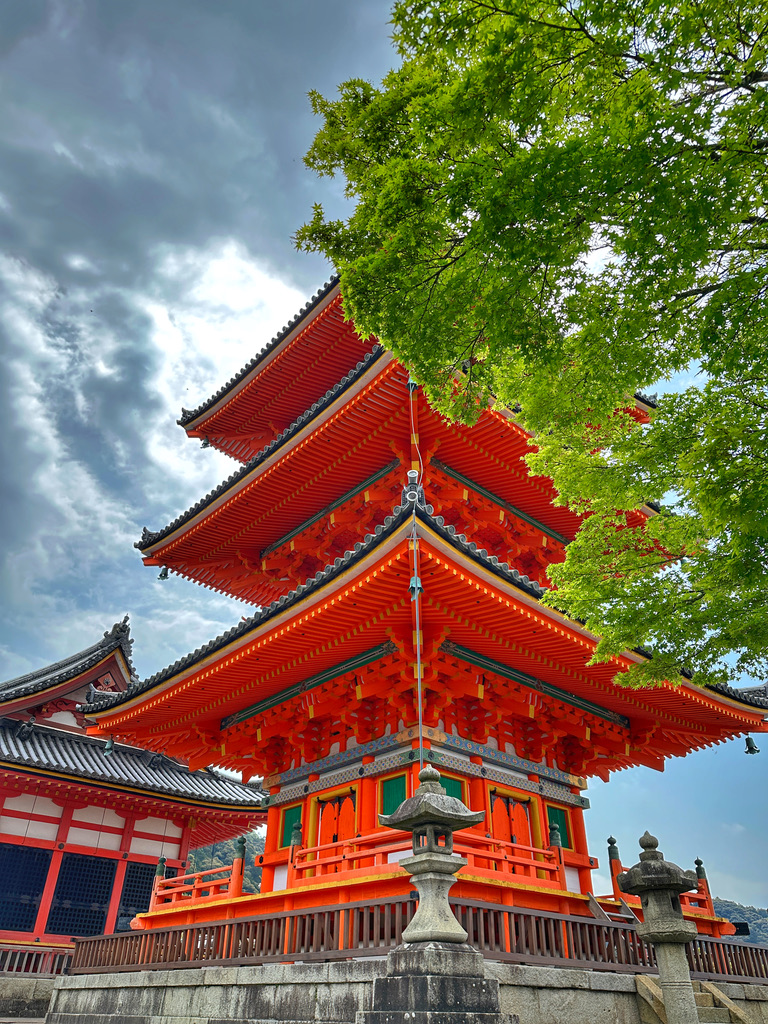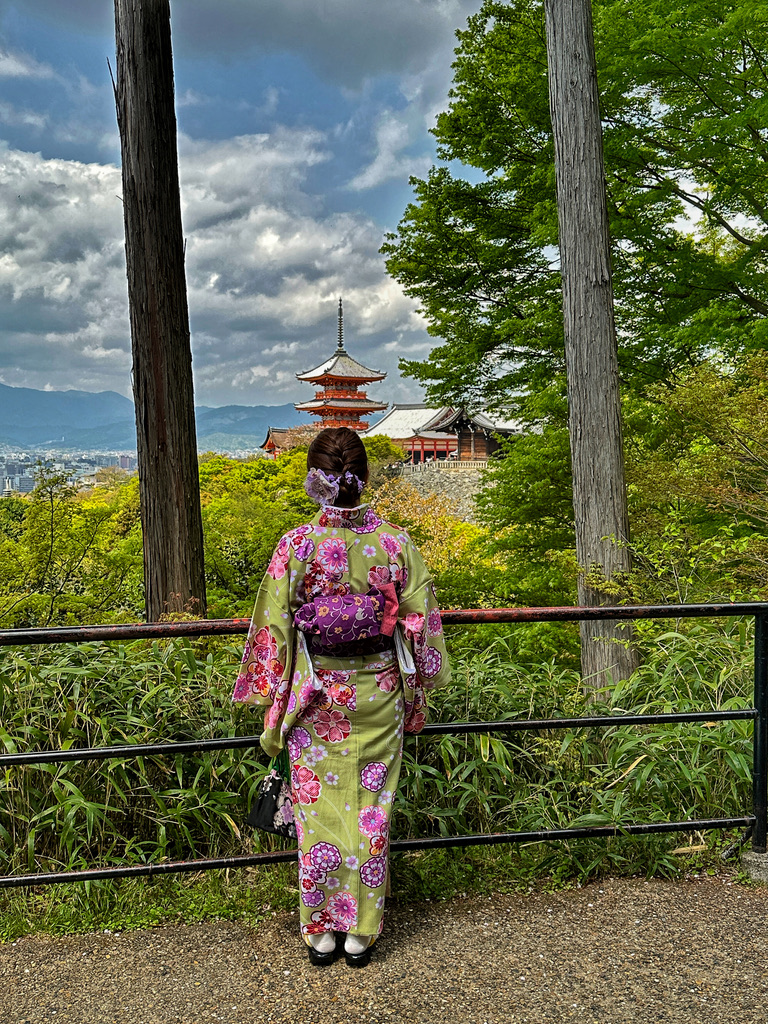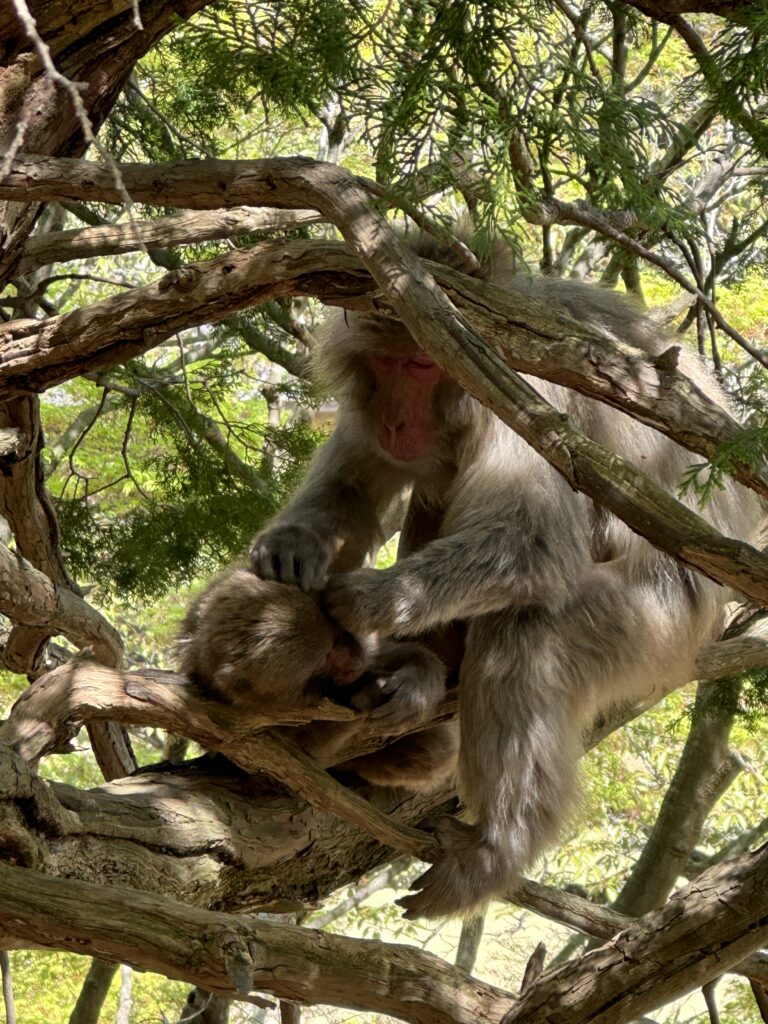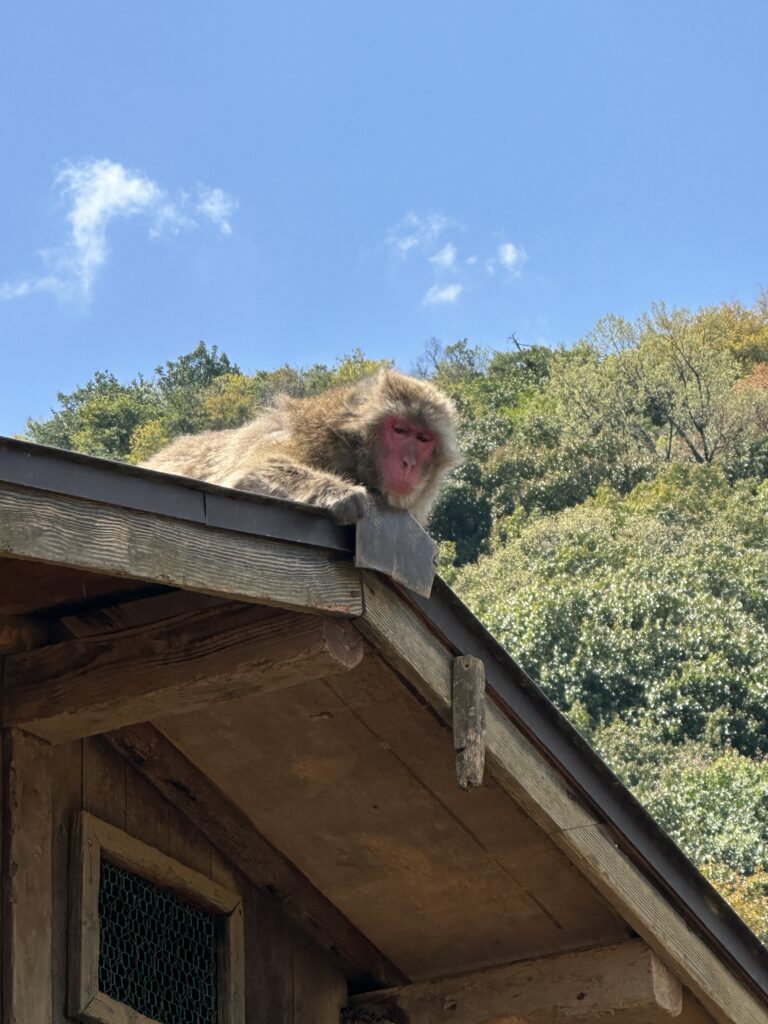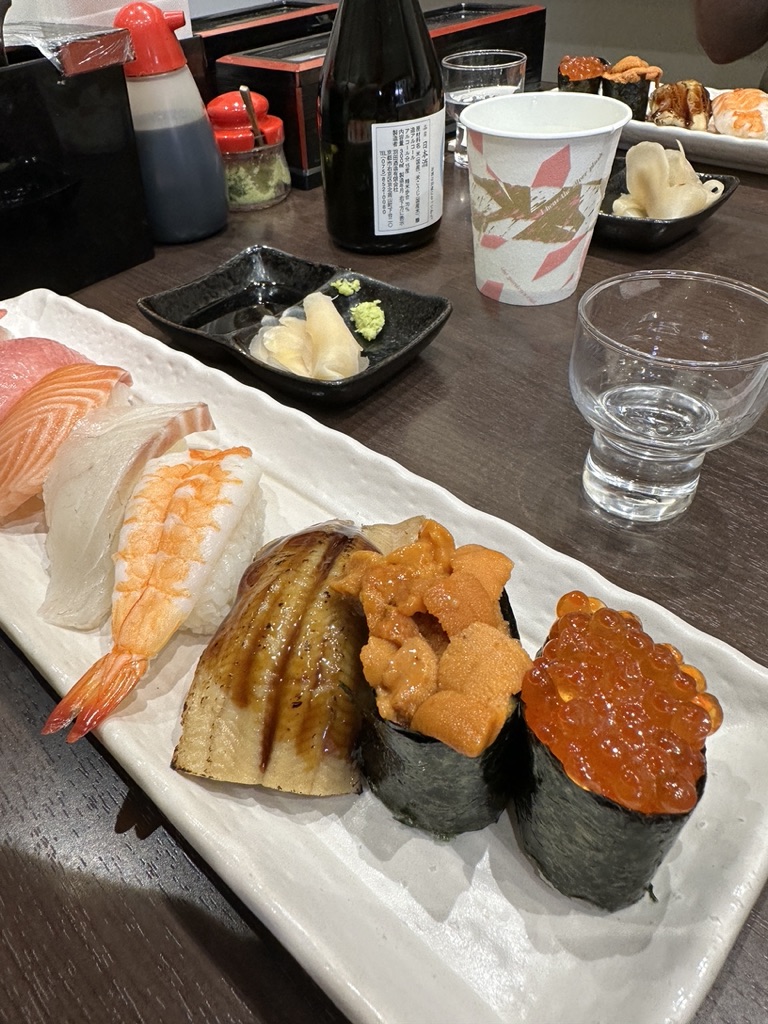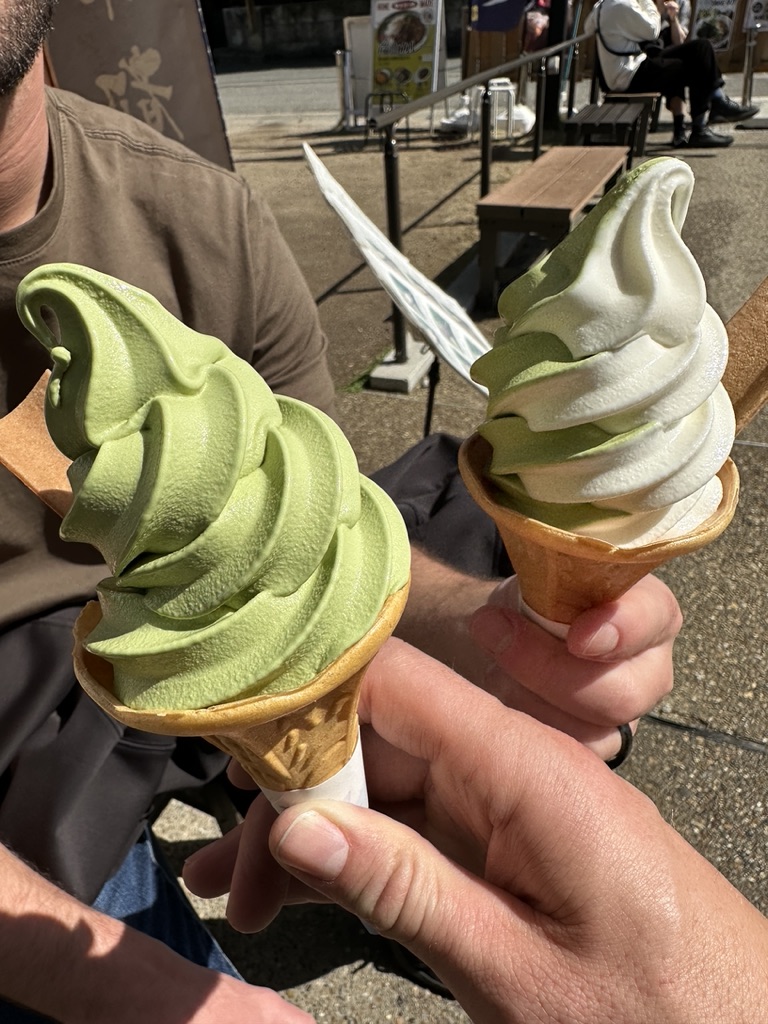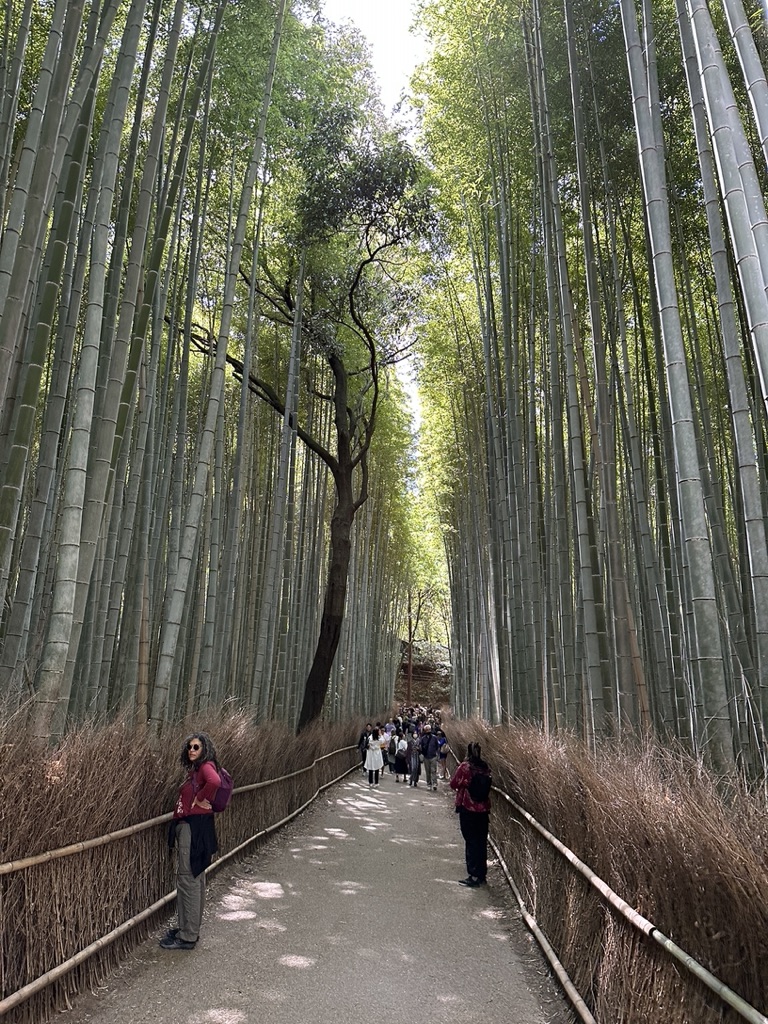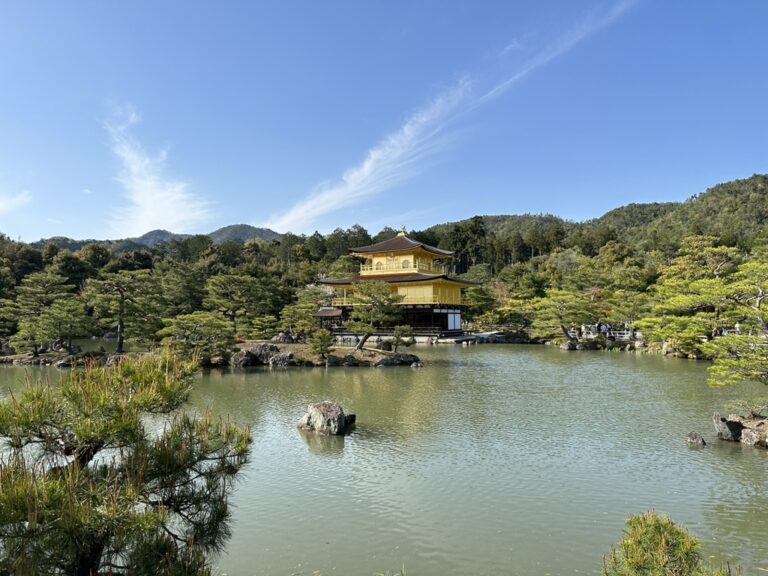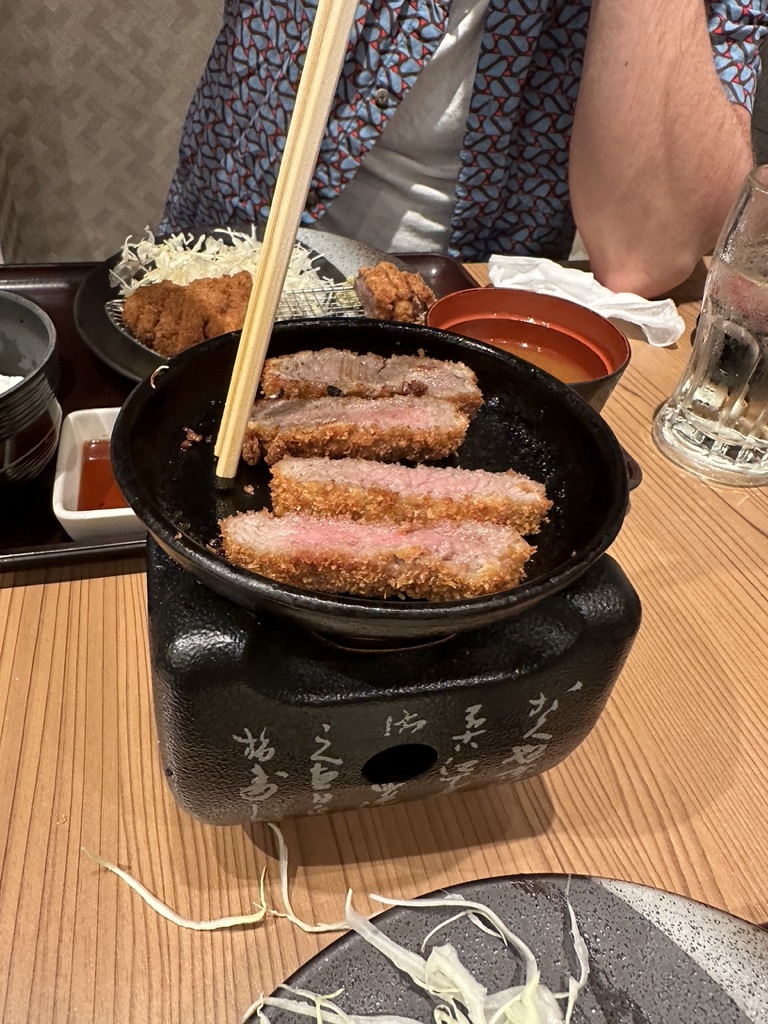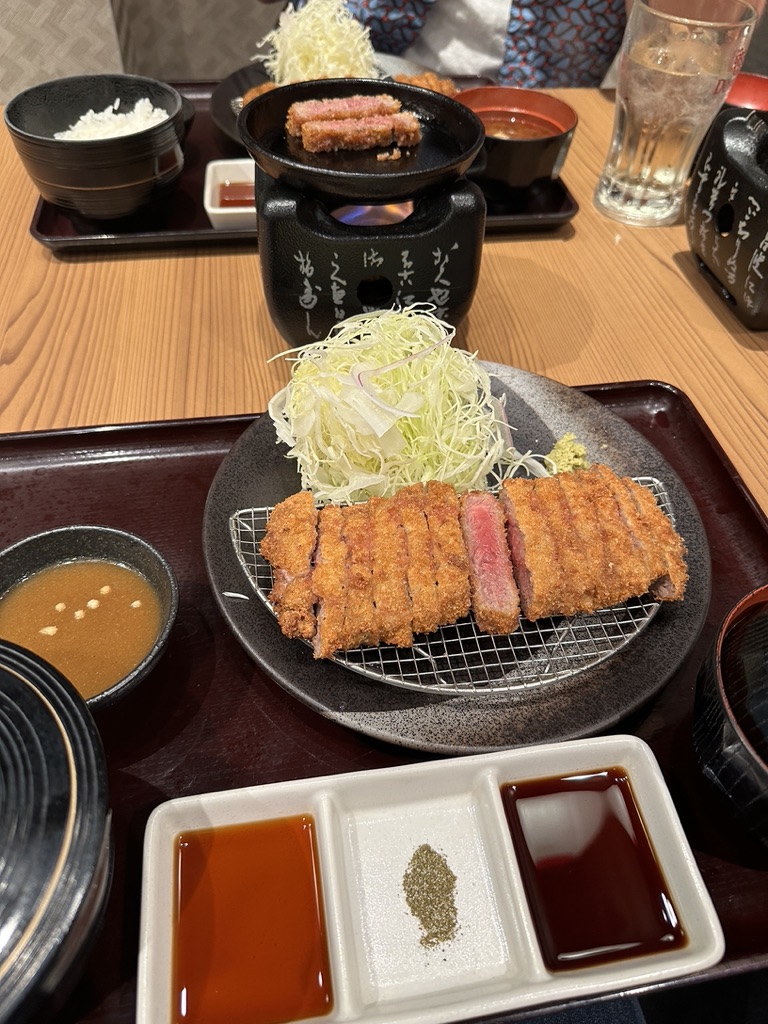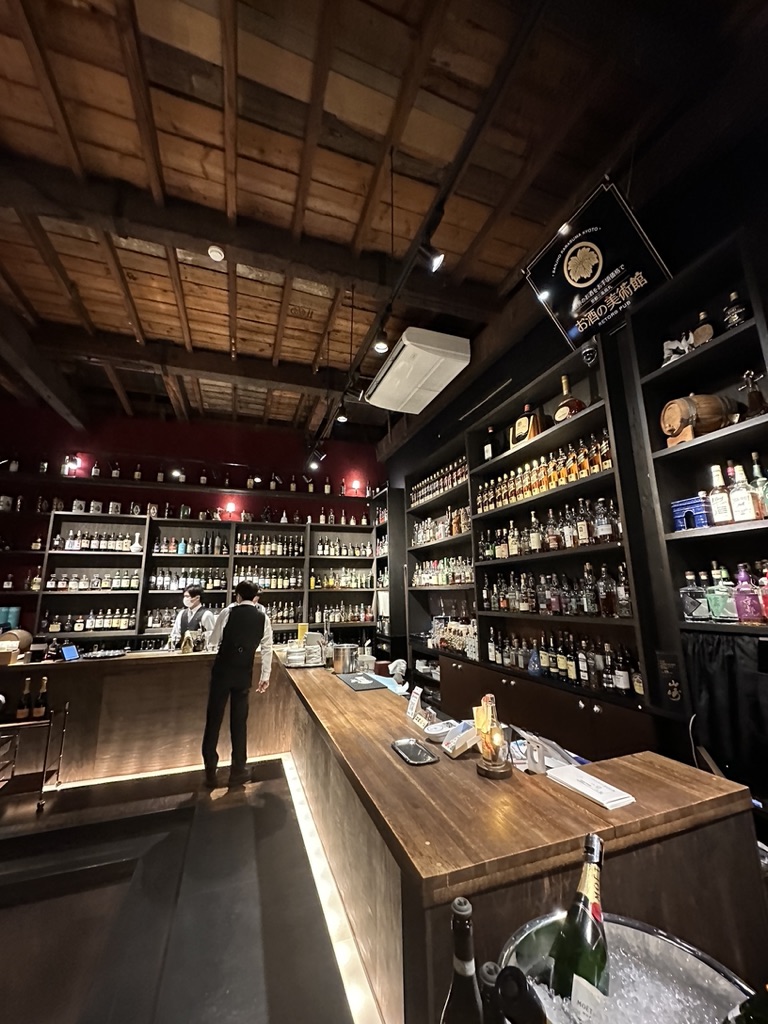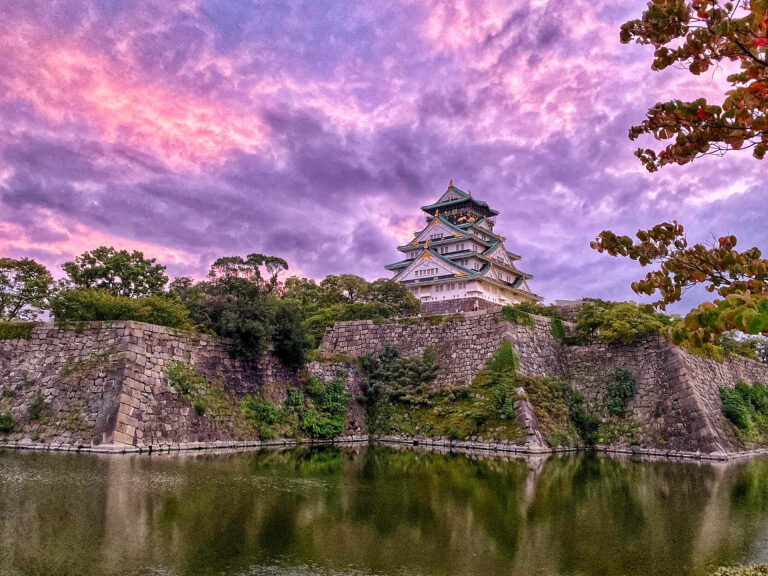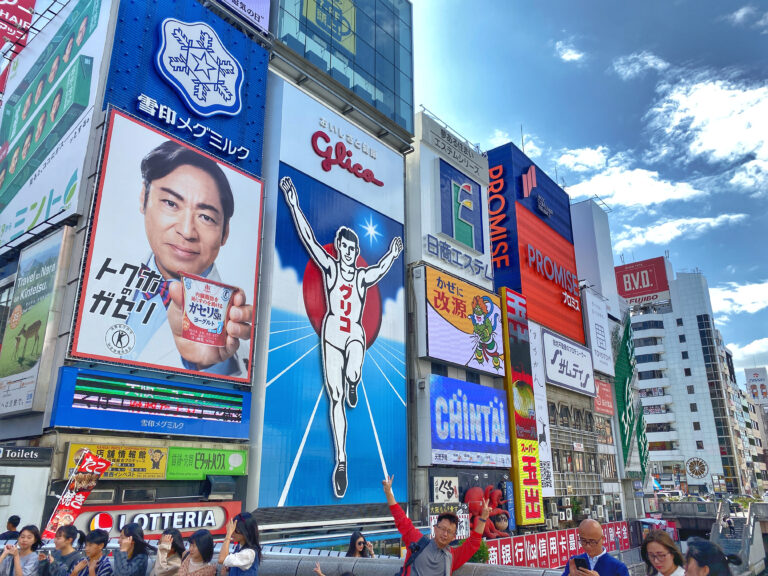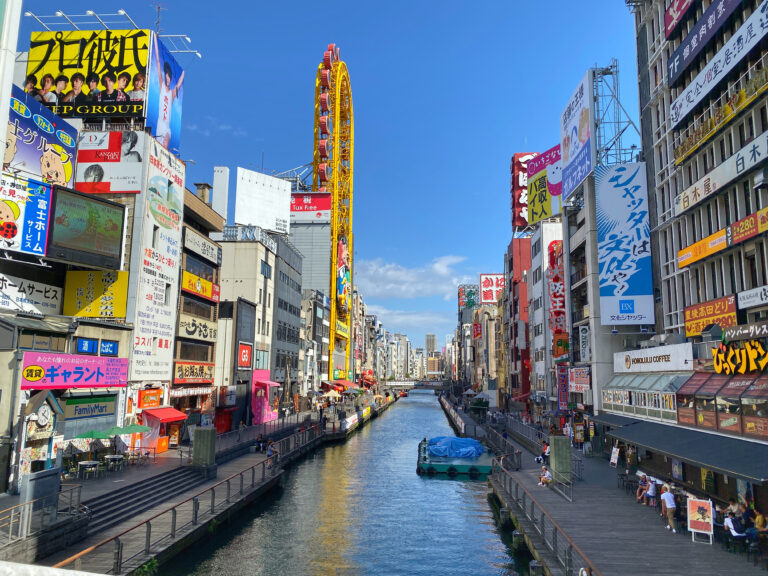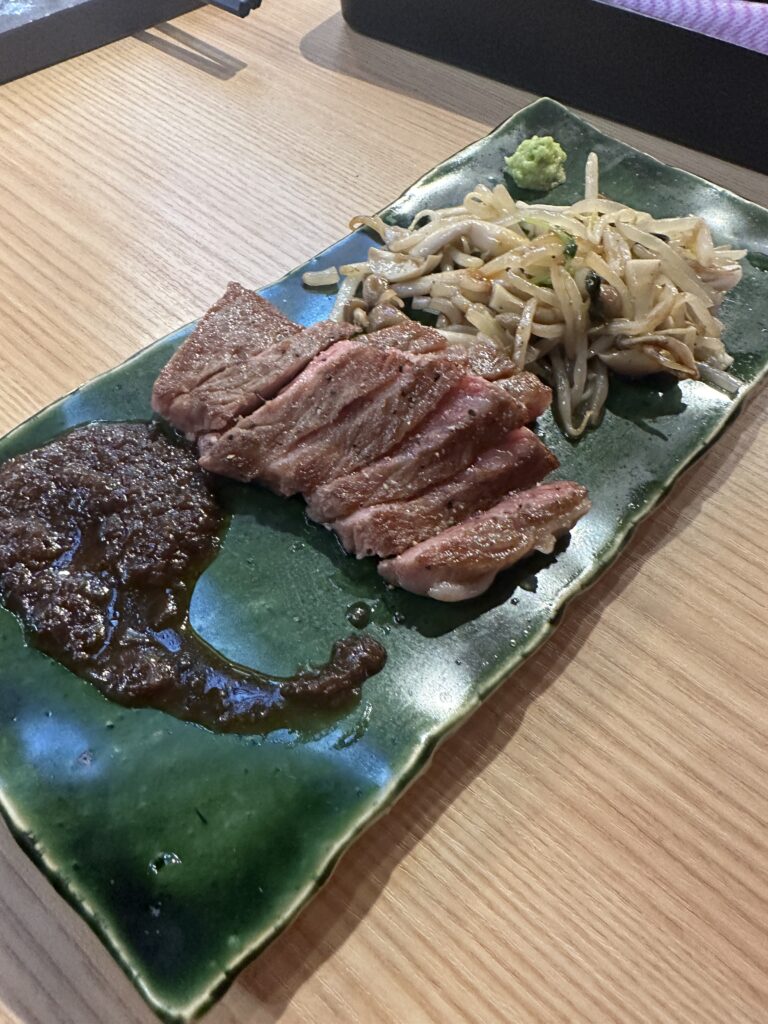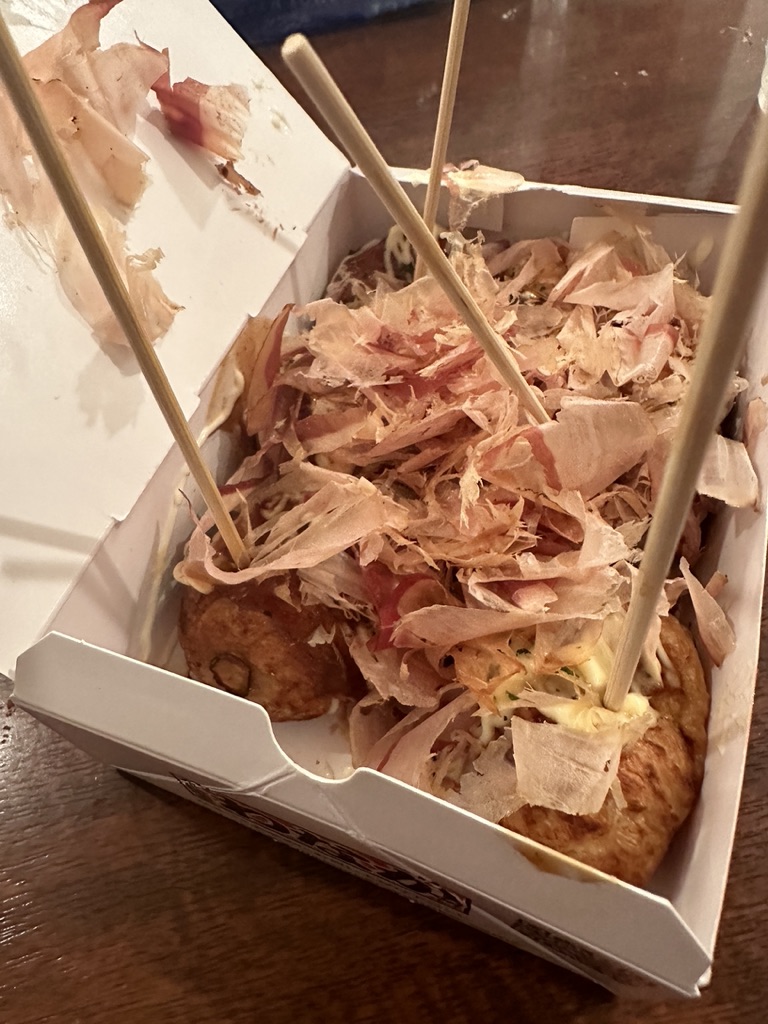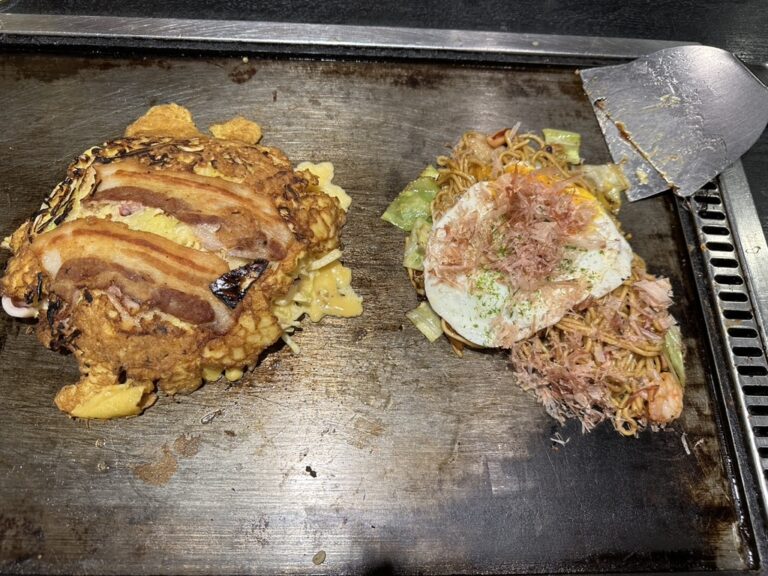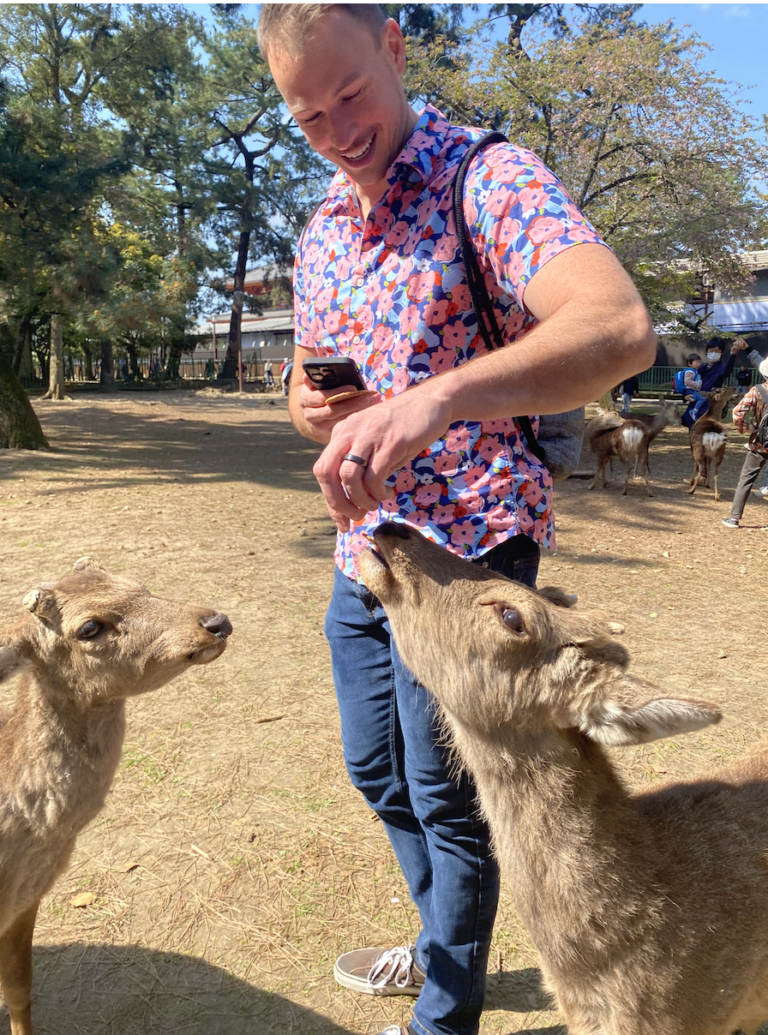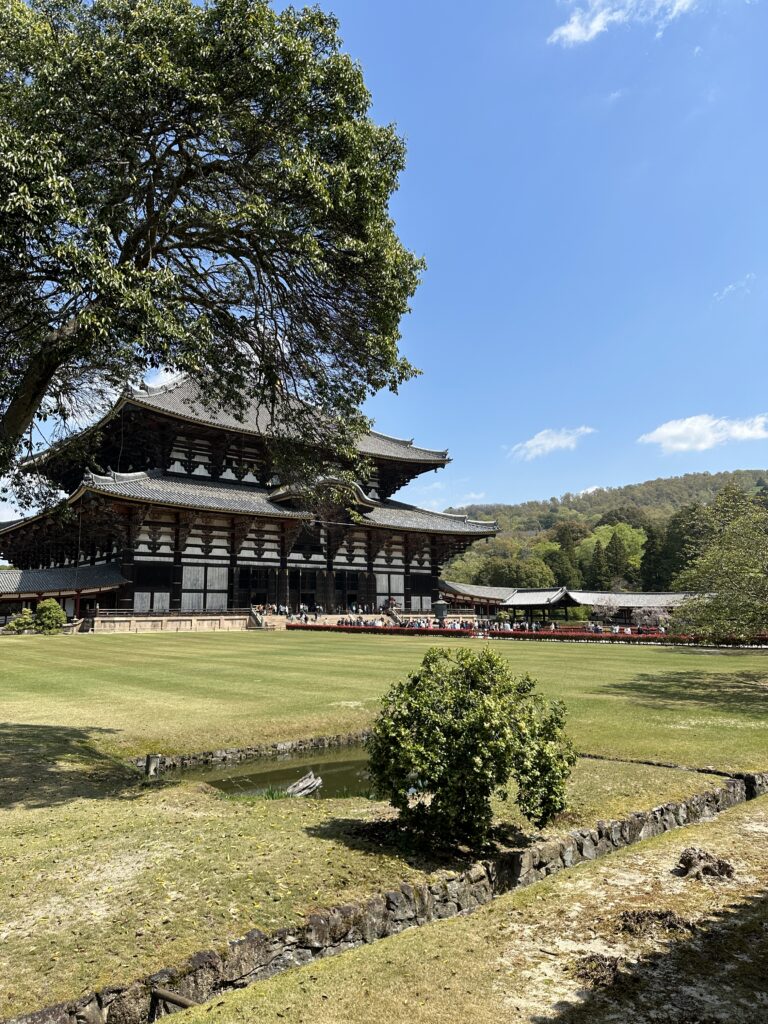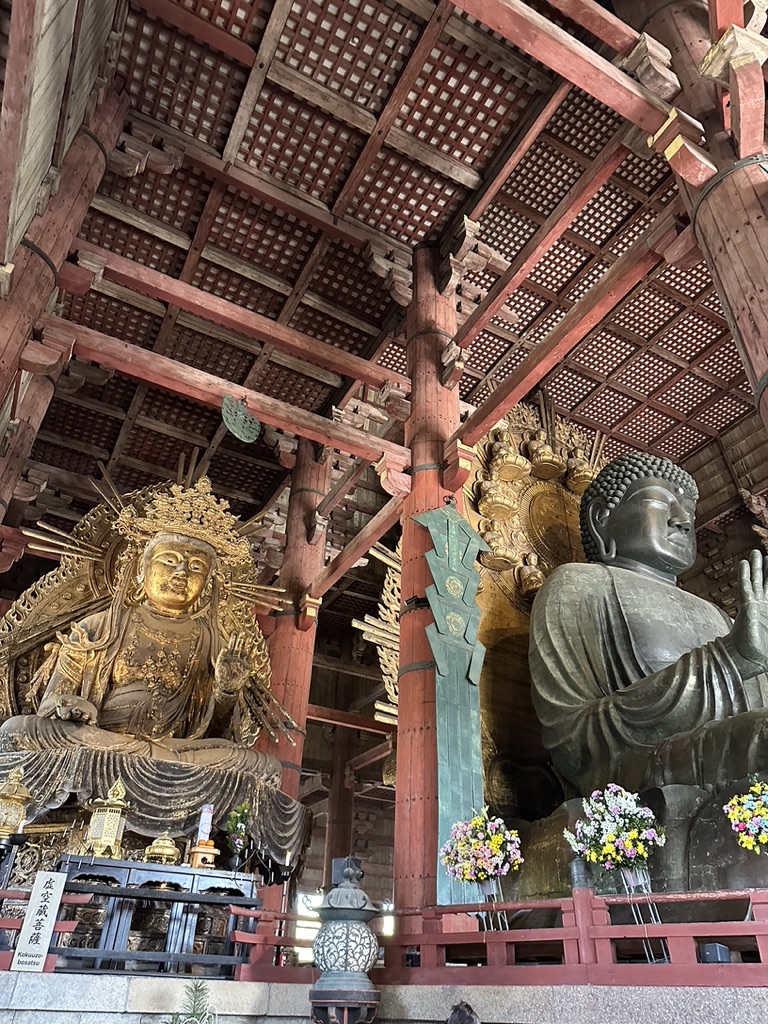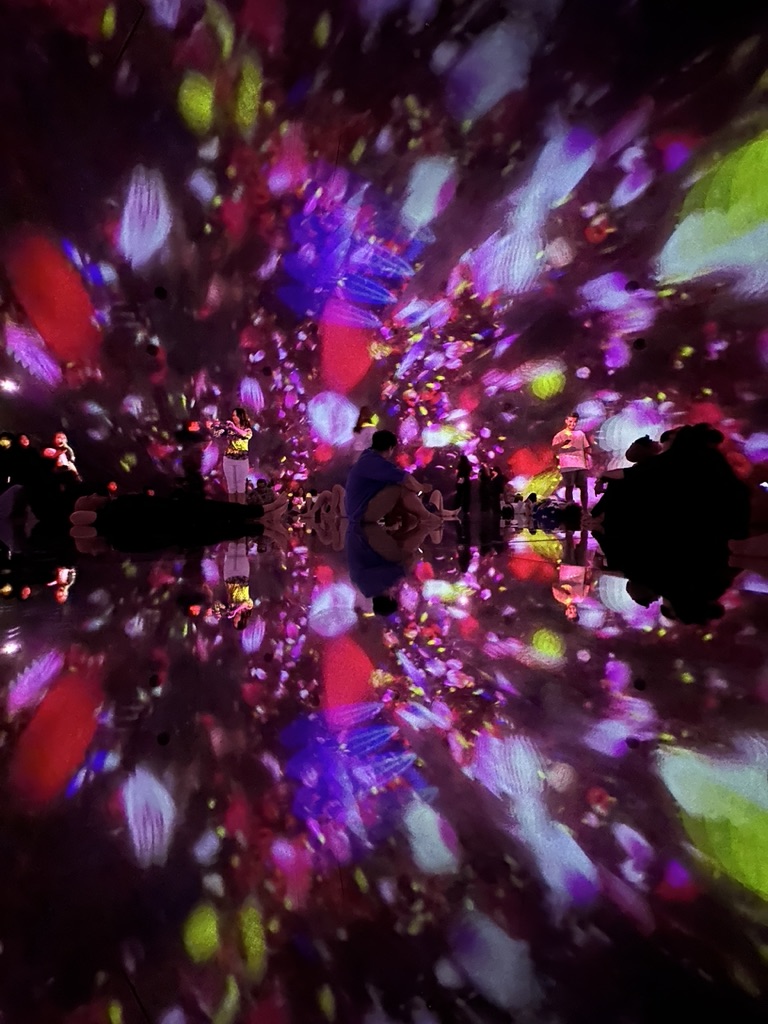
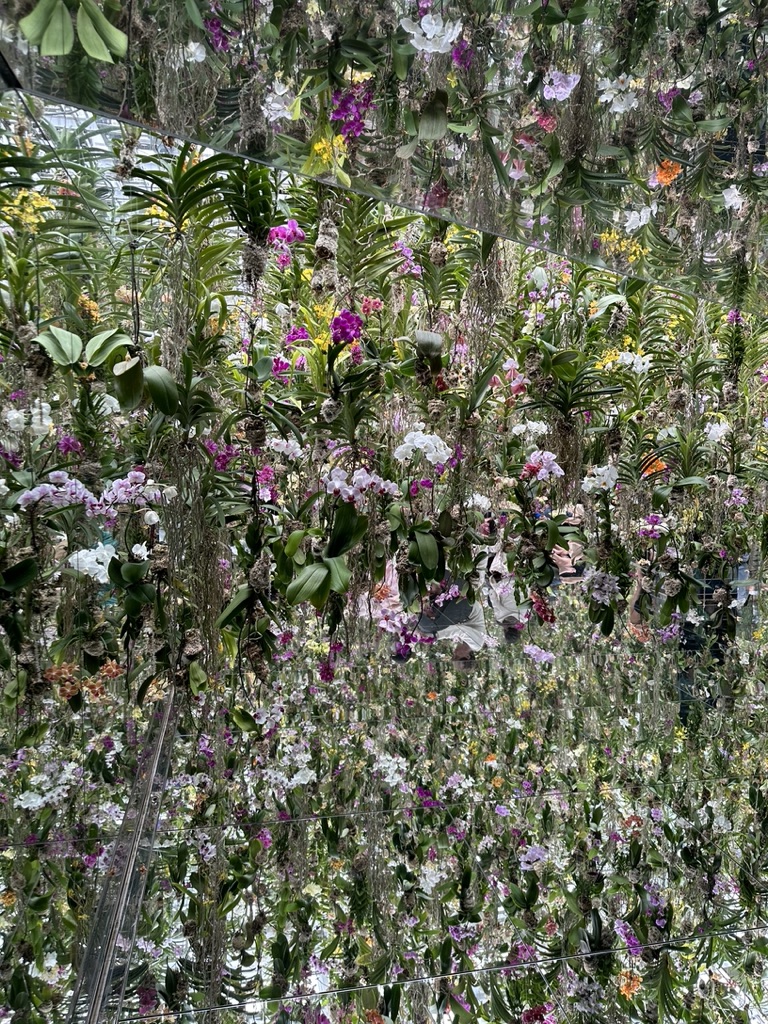
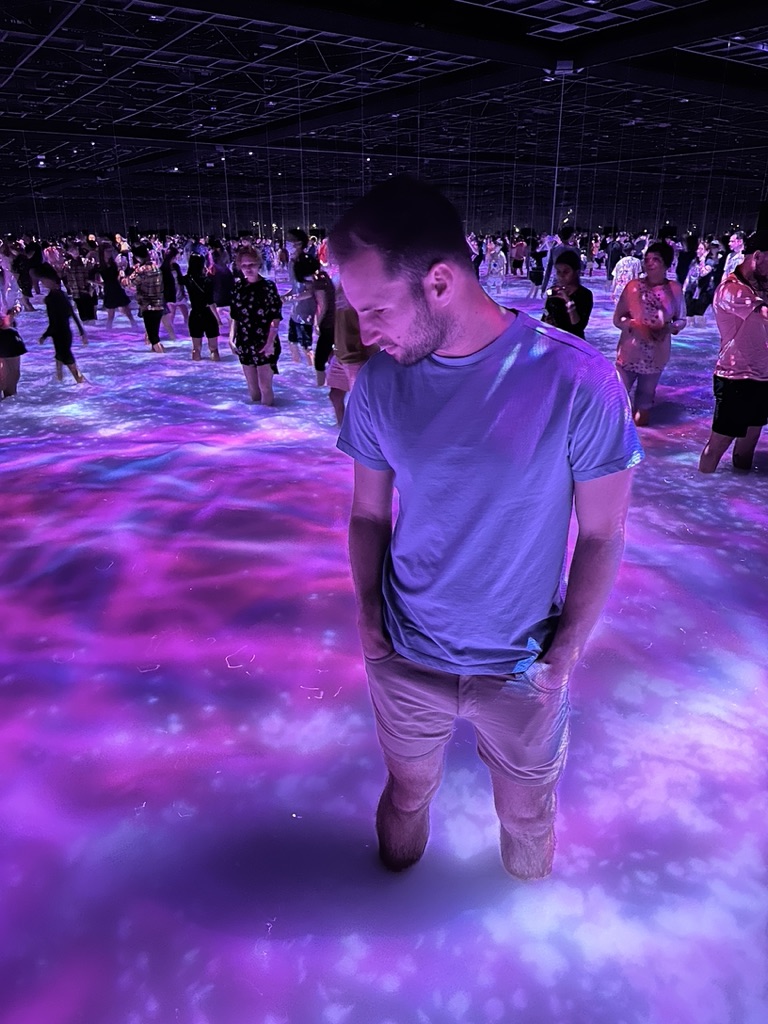
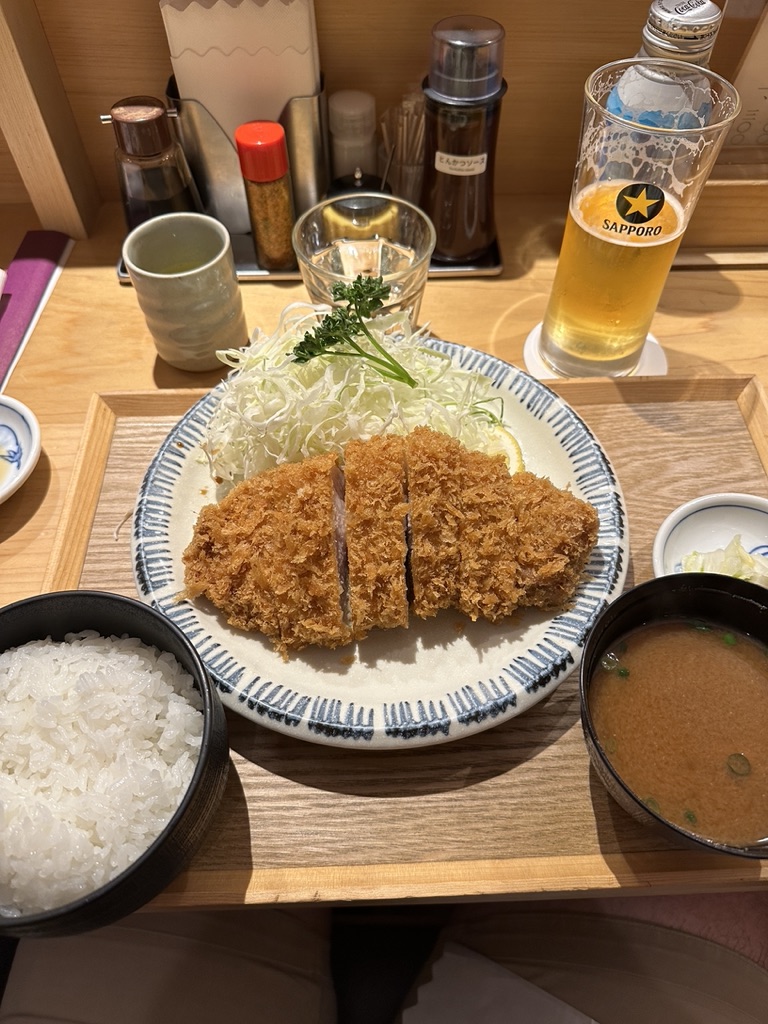
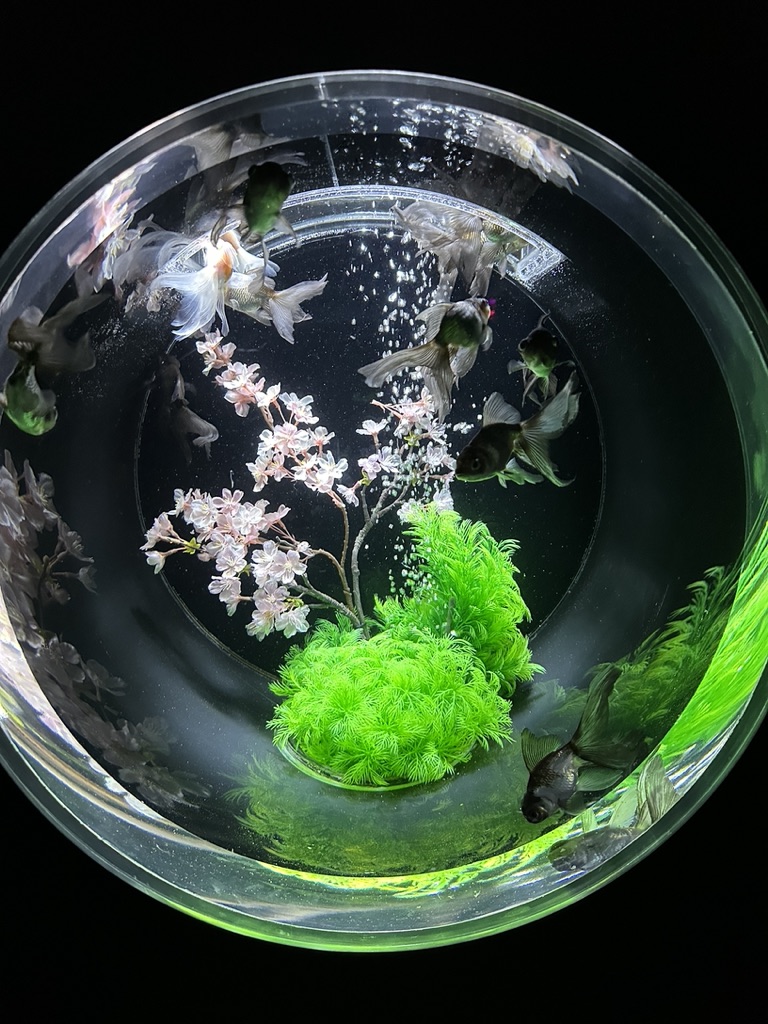
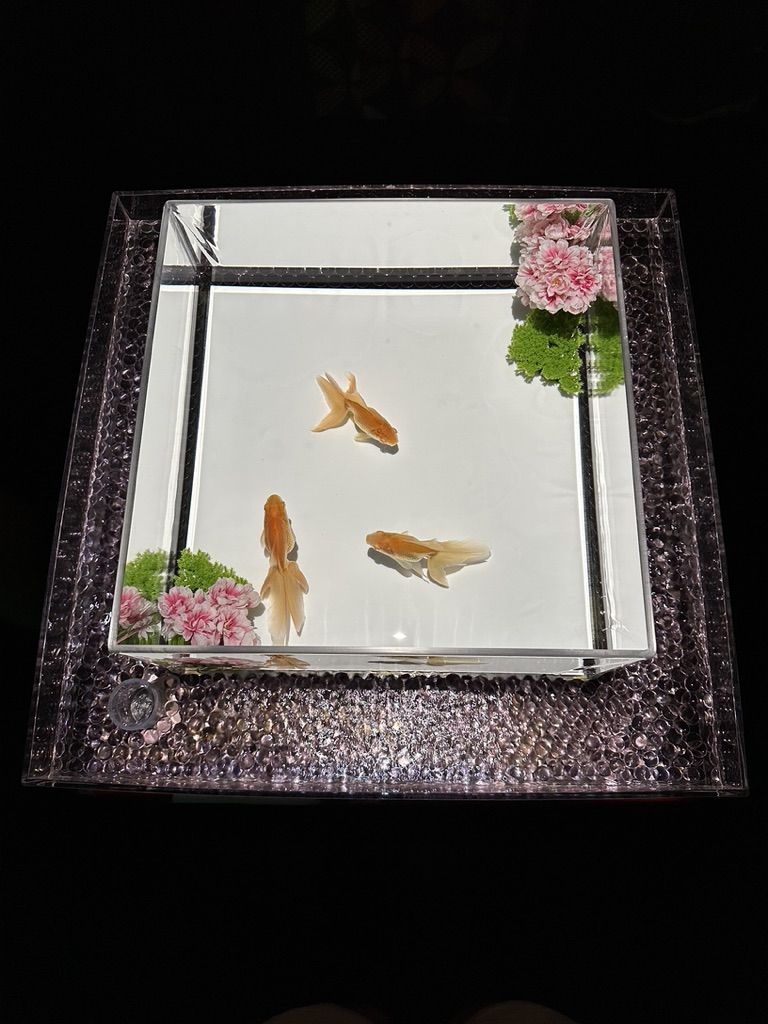
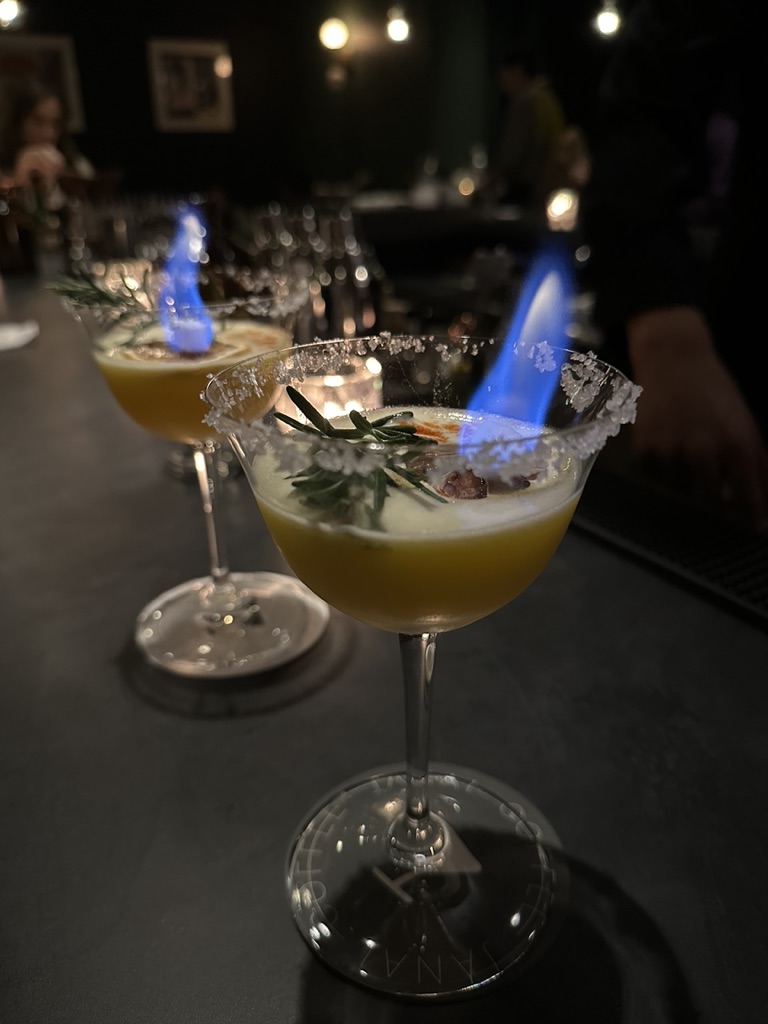
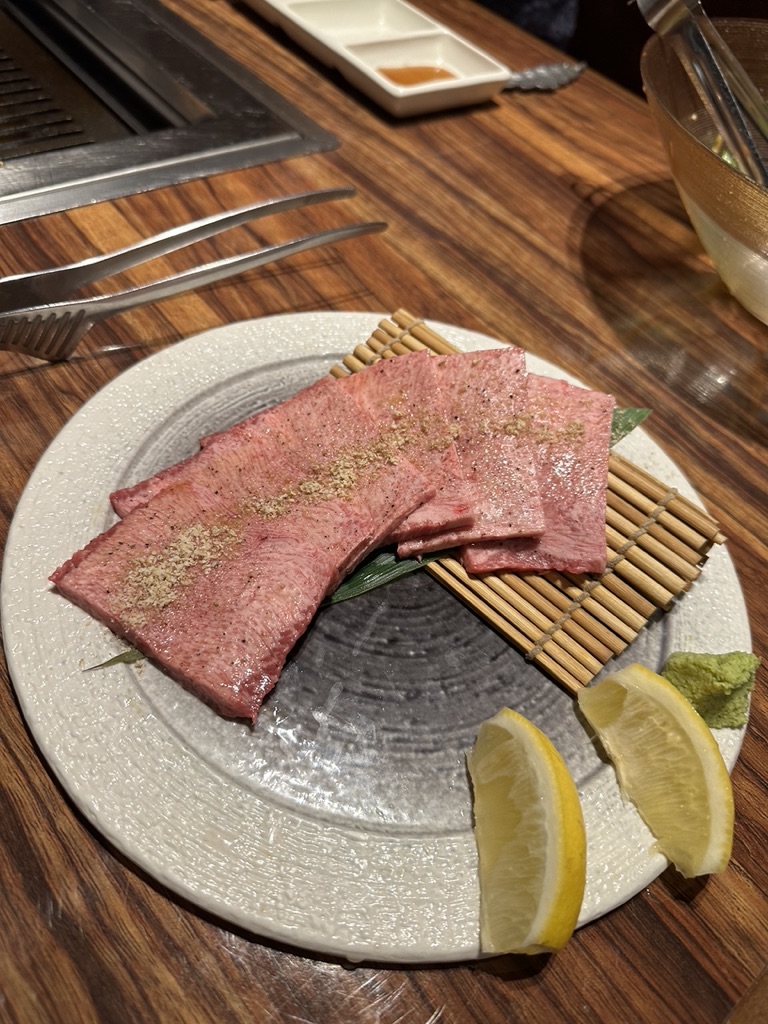
Day 1: Tokyo
- teamLab Planets Tokyo is an unbelievable interactive art installation that has overtaken Tokyo as one of the most popular experiences in the city. Make a reservation as early as possible (their website and social media will indicate when tickets will go on sale for a certain period), but they will sell out. For this experience, you must take your socks and shoes off, and water will go above your ankles, so dress accordingly. We started our day with Team Labs (10:00 am reservation), but some art installations will change with the time of day; they say the garden area is better at night.
- Travel to Ginza: From teamLab, you can take a 25-minute bus ride just a few minutes outside the teamLab entrance.
- Lunch in Ginza: Ginza Bairin: These are some of Japan’s best Tonkatsu fried pork cutlets. There will be a wait, so try to get there towards the opening; it is worth the wait! Get the recommended roast set; the pork will melt in your mouth like butter.
- Whiskey Museum and Store: A whiskey store with all 2000 varieties featuring some unique bottles. They also do tastings of some high-end whiskeys. It’s worth popping in for a few minutes, even if you’re not a big whiskey fan.
- Art Aquarium Museum: The Art Aquarium Museum is a collection of art installations centered around all the diverse types of goldfish. I’ve never seen anything like this place, it will probably take about 30 minutes.
- Chaya 1899 Tokyo: On the way to Tokyo Tower, stop at Chaya 1899 Tokyo for tea, matcha soft serve, or a parfait.
- Tokyo Tower: Tokyo Tower is one of the most famous city outlooks, with 360 views of the city.
- Janai Coffee: Janai Coffee is a Speakeasy, and when I say Speakeasy, it’s not like one of those back bars you can just walk into that everyone claims is a speakeasy. To get in, you must know the code to make a reservation. Play around on their website, especially using a mobile phone, to see if you can crack the code and make a reservation.
- Ebisu Yakiniku Uson: Delicious Japanese bbq with some Korean favorites, just a short walk from Janai Coffee. Be warned your clothes might smell like bbq after. You can make a reservation through Google.
- Shinjuku Nichome: The gay bar scene in Tokyo is a blast and one of the few places in Tokyo with a western-bar scene feel. Check out King for more social time and start the night, then pop down to Eagle and Dragon Men’s for dancing. Arty farty can be fun for dancing but skews younger.

